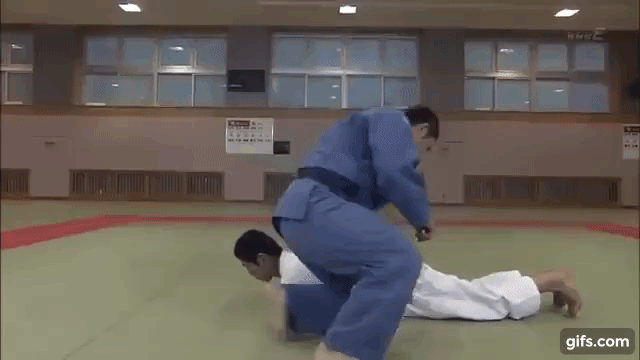So I competed in my first judo tournament after spending the last couple years focusing on BJJ. Yeah I know I suck but advice is welcome.
One thing I don't quite understand is the difference between a throw that counts as ippon and one the counts as wazari.
I'm in the blue gi both matches.
Congratulations on competing, it's takes a lot of guts to get out and do it. RJ green has given you good advice and if you focus on the things he's outlined as you train, you will have more success. I have a few thoughts that I hope help.
1. You did not appear to have a plan of what you wanted to do. Your grip fighting, footwork and general movement did not seem to have a purpose.
2. You seemed very passive, I understand as does everyone that has competed that this can come with nerves. However particularly in the first match you seemed to just follow your opponent and walked onto his throws. You need to develop a plan and work in Randori on implementing it on different players and their body type.
3. Never attempt a sacrifice throw like that. You need to be very very careful with them in competition and as RJ green said, just sitting down with bad grips will just get you pinned.
4. Pick your throws, drill them static, then moving. Drill grip fighting and movement sequences that lead you to these throws. It doesn't have to be a huge amount of throwing sequences or even that varied, but it does have to be second nature to you.
5. More Randori. Once you're familiar with your movent, gripping and throws you need lots and lots of Randori with multiple partners if possible.
In short.....You cannot throw without grips, movement and technique. You cannot develop a plan without combining the 3. You cannot win matches without a plan. Going in to just see how it goes = loss.


